The world of feline diabetes management has undergone a quiet revolution in recent years with the advent of continuous glucose monitoring (CGM) systems adapted from human medicine. For cat owners navigating the complexities of insulin therapy, these devices offer unprecedented visibility into blood glucose patterns that traditional spot-check meters could never reveal. The shift from intermittent finger-prick tests to dynamic, round-the-clock data represents not just technological progress, but a fundamental change in how we understand diabetic cats' metabolic rhythms.
Traditional glucose meters have long been the cornerstone of feline diabetes care, requiring owners to collect blood samples from ear veins or paw pads several times daily. While these devices provide precise moment-in-time readings, they create what veterinarians call "the connect-the-dots problem" - attempting to reconstruct a complete glycemic picture from isolated data points. This approach often misses critical glucose fluctuations occurring between measurements, particularly dangerous nocturnal hypoglycemic episodes that can prove fatal if undetected.
The Freestyle Libre system, originally developed for human diabetics, has emerged as the most widely adapted CGM for feline use. Its coin-sized sensor, applied to the shaved flank or shoulder blade, measures interstitial fluid glucose every 15 minutes for up to 14 days. What makes this system particularly suited for cats is its lack of calibration requirements - a crucial advantage given most cats' intolerance for repeated blood sampling. Veterinary endocrinologists report seeing patterns of dawn phenomenon and Somogyi overshooting that were previously undetectable with conventional monitoring.
While CGMs provide extraordinary data density, their limitations in feline patients warrant careful consideration. The 5-15 minute physiological lag between blood and interstitial fluid glucose becomes more pronounced during rapid glucose shifts, potentially delaying detection of hypoglycemia. Sensor accuracy can also be affected by the cat's hydration status and the natural compression of interstitial spaces in lean-bodied animals. Some practices report needing to shave larger application areas than for dogs due to cats' thinner skin and denser fur coats.
Clinical studies comparing CGM with traditional blood glucose curves reveal fascinating discrepancies. In one university trial, 30% of cats showed significant hypoglycemic episodes that would have been missed with conventional 12-hour curves. Perhaps more surprisingly, about 15% of cats demonstrated post-prandial hyperglycemic spikes lasting under two hours - far briefer than the insulin duration, explaining why some cats appeared poorly regulated despite normal blood glucose curves. This has led to reconsideration of optimal insulin dosing timing in feline patients.
The psychological impact on pet owners cannot be overstated. Where once they faced the stressful ritual of restraining their cat for multiple daily blood samples, many now report feeling empowered by the continuous data stream. The ability to check glucose levels simply by scanning the sensor with a smartphone (for compatible systems) has improved compliance dramatically. Some veterinary practices have implemented remote monitoring programs where owners upload CGM data for daily review, allowing for nearly real-time insulin adjustments.
Cost considerations remain a significant factor in CGM adoption. While sensor prices have decreased since their introduction, the technology still represents a substantial investment compared to traditional meters. However, when factoring in potential savings from avoided emergency visits for diabetic crises and reduced need for hospitalization to run glucose curves, many owners find the long-term economics favorable. Insurance providers are increasingly recognizing CGMs as legitimate medical expenses in feline diabetes management plans.
Looking ahead, the next generation of feline-specific CGMs promises even greater accuracy with smaller form factors. Researchers are investigating predictive algorithms that could alert owners to impending hypoglycemia based on glucose trajectory rather than absolute values. As the technology becomes more refined and veterinary-specific, continuous glucose monitoring may well become the standard of care for diabetic cats, transforming a once-stressful condition into something owners can manage with confidence and precision.
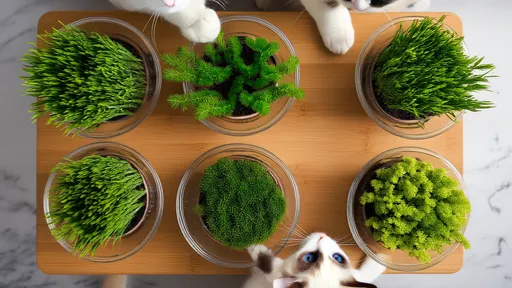
By /Jul 7, 2025
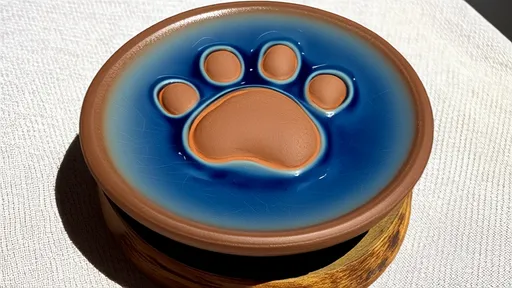
By /Jul 7, 2025

By /Jul 7, 2025

By /Jul 7, 2025

By /Jul 7, 2025
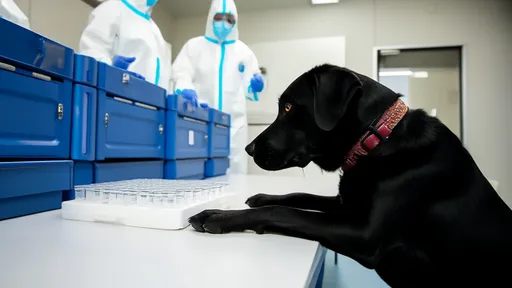
By /Jul 7, 2025
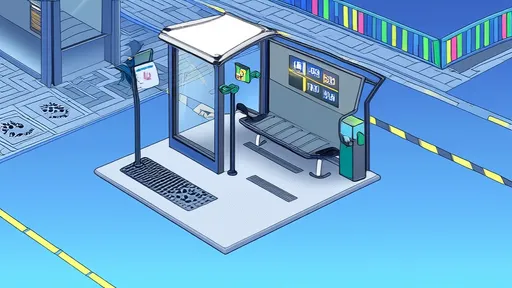
By /Jul 7, 2025
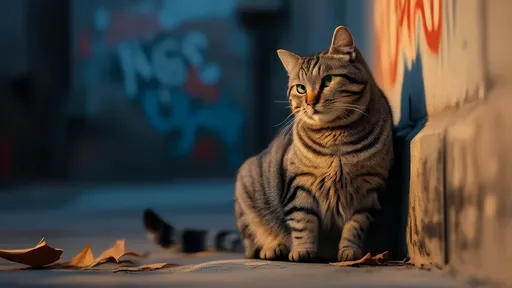
By /Jul 7, 2025
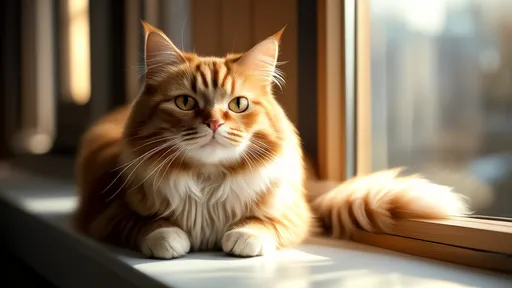
By /Jul 7, 2025

By /Jul 7, 2025
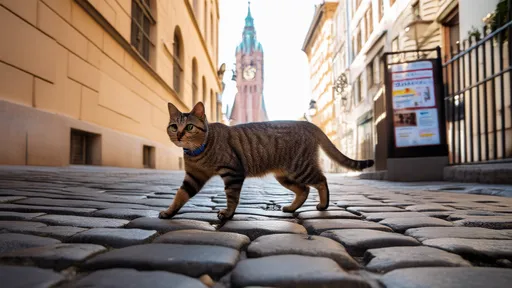
By /Jul 7, 2025
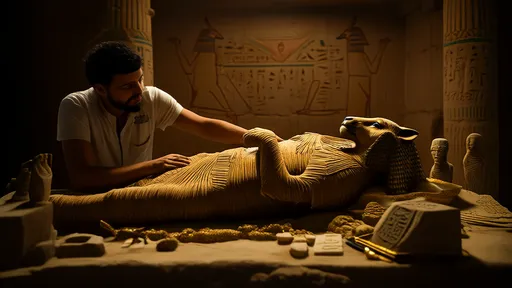
By /Jul 7, 2025

By /Jul 7, 2025

By /Jul 7, 2025
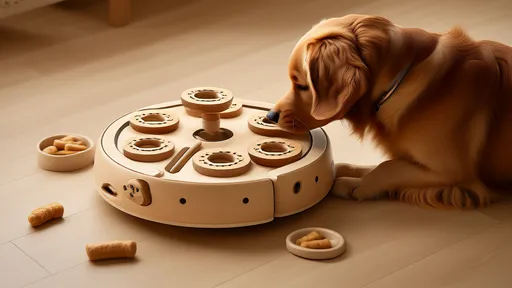
By /Jul 7, 2025
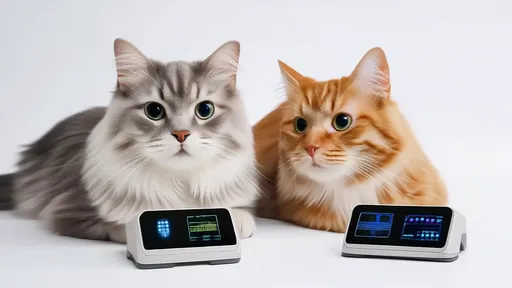
By /Jul 7, 2025
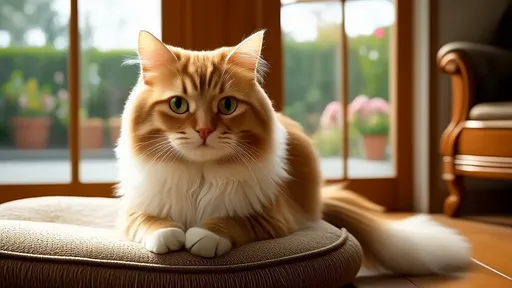
By /Jul 7, 2025
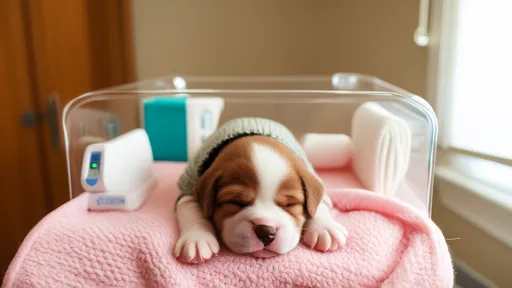
By /Jul 7, 2025